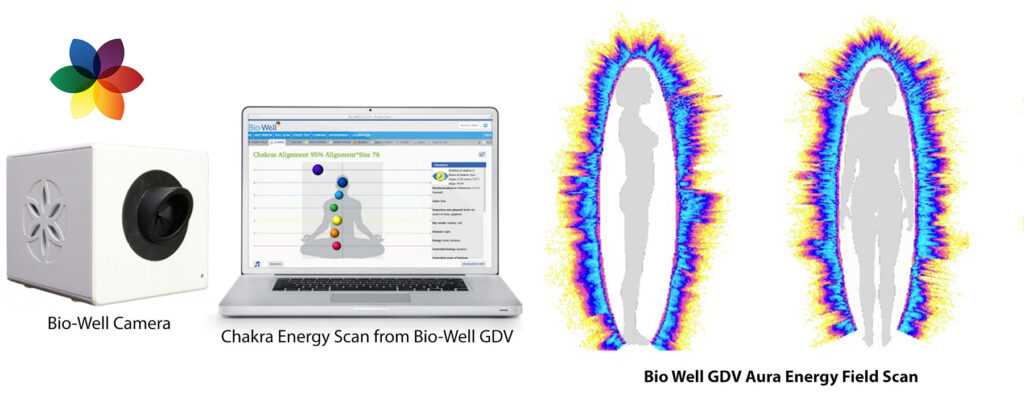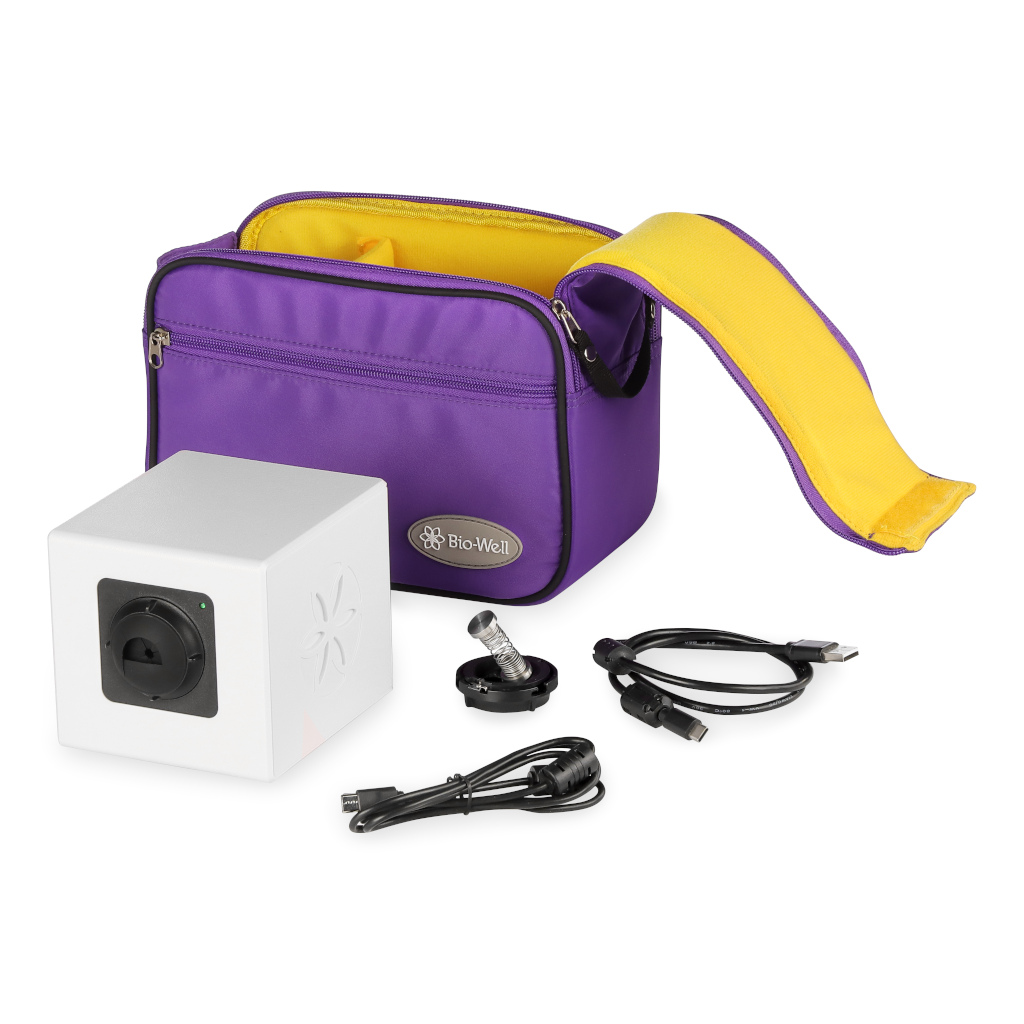
Aura photography cameras claim to capture and display a person’s aura, which is believed to be an electromagnetic field or energy surrounding the body. While the concept of auras is not scientifically proven, some practitioners and alternative medicine proponents believe that auras represent a person’s physical, emotional, and spiritual states.
The technology used in aura photography cameras is based on the principles of Kirlian photography, named after Semyon Kirlian, who discovered the phenomenon in 1939. Kirlian photography is a specialized form of photography that captures the electrical coronal discharges or bioelectrography surrounding living objects, including human beings, when subjected to an electrical field.
Aura photography cameras were a type of equipment used to capture images that purportedly show a person’s “aura,” which is believed to be an energy field surrounding the body. These cameras are commonly used in the field of alternative medicine and spiritual practices, but it’s important to note that the scientific validity of aura photography remains a subject of debate.

The basic principle behind aura photography involves the concept that living beings emit energy fields, and these fields can be captured and visualized using specialized camera equipment. Here’s a general overview of how an aura photography camera is believed to work:
- Biofeedback Sensors: The camera is equipped with sensors that detect and measure subtle energy fields around the subject’s body. These sensors are typically designed to pick up various physiological parameters like skin temperature, electrical conductivity (galvanic skin response), and electromagnetic fields.
- Electrodes and Hand Grips: The person being photographed holds onto metal electrodes or hand grips, which establish a connection with the sensors. The person’s energy or bioelectrical signals are transmitted through these electrodes to the camera’s system.
- Data Interpretation: The data collected from the sensors and electrodes are then processed and analyzed by the camera’s software or system. This data is used to create a visual representation of the person’s energy field, often displayed as colors or patterns surrounding the body.
- Aura Visualization: The camera generates an image where different colors or patterns are superimposed around the person’s silhouette. These colors are believed to correspond to different emotional, mental, or spiritual states of the individual.
- Interpretation and Reading: Practitioners or aura readers may then interpret the colors and patterns to provide insights into the person’s well-being, emotions, personality, or spiritual condition.
Here’s how the process typically works:
- Subject Preparation: The person undergoing aura photography is typically asked to place their hand(s) or a specific part of their body on a specialized sensor or conductive surface. Some cameras may require the person to hold a metal bar in their hands, while others might have the person place their hands on a glass plate containing conductive materials.
- Electrode Connection: The sensor or conductive surface is connected to a high-voltage, high-frequency electrical source. This generates a small electrical current that interacts with the electrical field of the person’s body, causing the discharge of energy.
- Photography: The camera captures the resulting corona discharge in the form of colorful, glowing patterns. These patterns are believed to represent the person’s aura.
- Image Processing: The camera or associated software may further process the captured image, applying filters or color enhancements to make the aura patterns more visible and distinguishable.
- Aura Interpretation: After the photograph is taken and processed, practitioners or interpreters may analyze the colors and patterns in the image to provide insights into the person’s physical, emotional, or spiritual well-being, as per their beliefs in aura readings.
It’s essential to note that mainstream science does not recognize the concept of auras as an objective measurement of a person’s health or personality traits. Instead, the patterns and colors captured in aura photography are most likely influenced by various factors, including humidity, temperature, and the person’s skin conductance, rather than representing any mystical or spiritual qualities. The interpretations and readings provided by practitioners are often subjective and based on personal beliefs rather than scientific evidence.
